Cyber Security News Aggregator
.Cyber Tzar
provide acyber security risk management
platform; including automated penetration tests and risk assesments culminating in a "cyber risk score" out of 1,000, just like a credit score.What is Manned Guarding?
published on 2024-10-08 07:00:00 UTC by Simon BurgeContent:
There is a wide variety of different security types available to suit every need of a business or event.
One of the most common types available is manned guarding, but what exactly is manned guarding?
Manned guarding is a security service involving physical personnel stationed at a site.
These security officers ensure the safety and protection of property, assets, and people.
This article will explore what manned guarding is, why it is used, its responsibilities, advantages, disadvantages, and alternatives.
What is Manned Guarding?
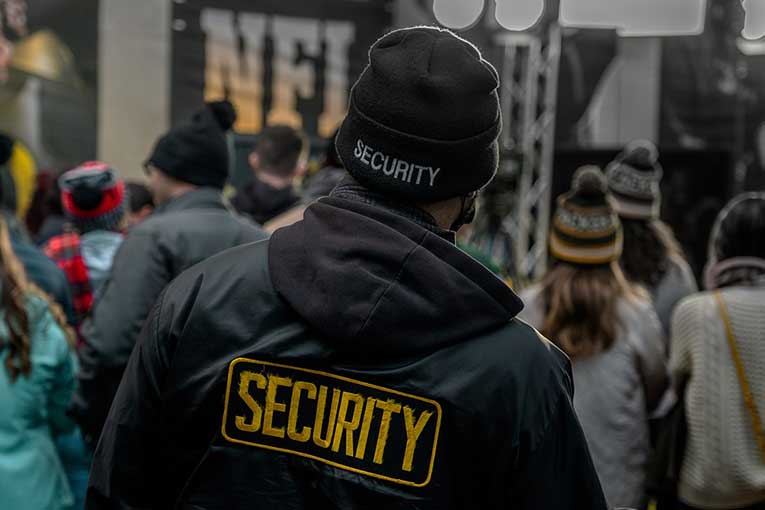
Manned guarding is a form of physical security and involves employing security personnel to provide physical protection and surveillance at a site.
These guards are stationed at various locations to monitor activities, enforce security protocols, and respond to incidents.
They are commonly found in settings such as corporate offices, retail stores, industrial facilities, and residential complexes.
Guards act as a visible deterrent to potential threats and can address security breaches immediately.
Their presence helps ensure the safety of property, assets, and individuals, offering both proactive and reactive measures against crime and disturbances.
Why is Manned Guarding Used?
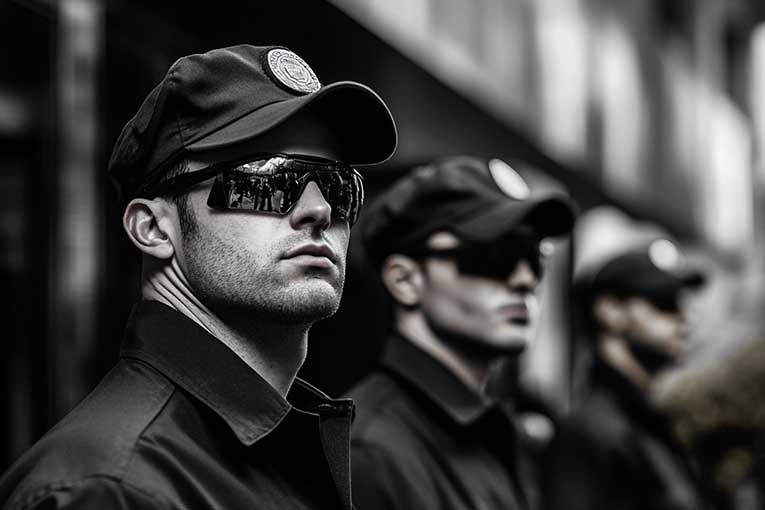
Manned guarding is used for several important reasons.
Deterrents
First and foremost, it provides a visible deterrent against criminal activity.
The presence of security personnel at a site can discourage potential offenders from attempting theft, vandalism, or other illegal activities.
This visual deterrent is often more effective than electronic security systems alone.
Response
Manned guarding offers immediate response capabilities.
In the event of an emergency, such as a fire, medical incident, or security breach, guards can take swift action.
Their quick response helps to mitigate damage and address issues before they escalate.
Access Control
Manned guarding also plays a crucial role in access control.
Security personnel manage entry and exit points, ensuring that only authorised individuals gain access to restricted areas.
This is essential for protecting sensitive information and high-value assets.
Interaction
Security guards can interact directly with employees, visitors, and the public.
They provide assistance, enforce policies, and maintain order, contributing to a safer and more organised environment.
What are the Security Responsibilities When Using Manned Guarding?
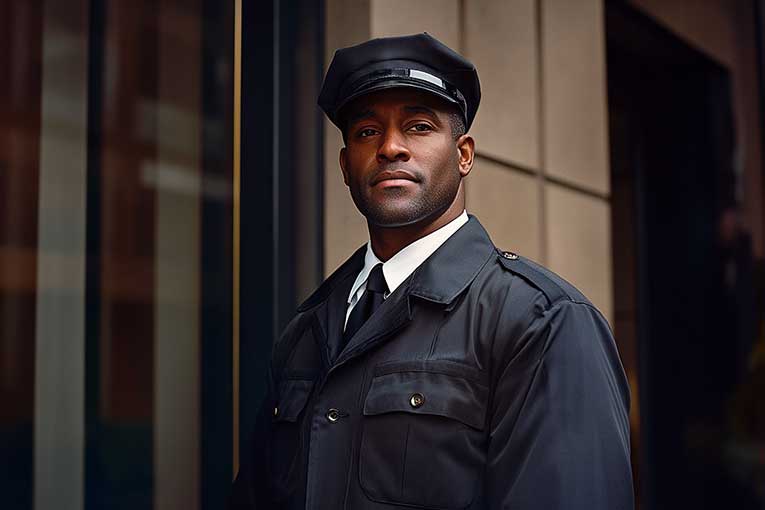
When using manned guarding, security personnel have several critical responsibilities.
Access Control
Guards manage entry and exit points to ensure access control, verifying the identity of individuals and ensuring that only authorised personnel access restricted areas.
This helps prevent unauthorised entry and protects sensitive information.
Patrolling
Security personnel conduct regular patrols of the premises.
This involves walking through various areas to identify potential security threats, ensure all security measures are functioning, and check for any unusual activity or breaches.
Monitoring Surveillance Systems
Guards oversee surveillance cameras and alarm systems.
They monitor live feeds to detect suspicious activities and respond to any alarms or alerts in real time.
Incident Response
In case of emergencies such as fires, medical incidents, or security breaches, guards are trained to act quickly.
They provide immediate assistance, coordinate with emergency services, and manage the situation until resolved.
Reporting
Security personnel document incidents, suspicious activities, and daily observations.
These reports are crucial for analysing trends, improving security measures, and providing evidence if needed.
What are the Advantages to Manned Guarding?

Manned guarding offers several significant advantages that enhance security and safety in various settings.
Visible Deterrent
The presence of security personnel acts as a powerful visual deterrent against criminal activities.
Potential offenders are less likely to attempt theft, vandalism, or other crimes if they see that a site is actively monitored by guards.
Immediate Response
Guards provide an immediate response to emergencies.
Whether it’s a fire, medical incident, or security breach, having trained personnel on-site means that issues can be addressed swiftly.
This quick response can prevent minor problems from escalating into major incidents.
Personalised Security
Manned guarding allows for personalised security solutions tailored to specific needs.
Guards can adjust their approach based on the particular risks and requirements of the site, offering a more customised level of protection.
Enhanced Access Control
Guards manage entry and exit points, ensuring that only authorised individuals gain access.
This is crucial for protecting sensitive areas and information, and helps prevent unauthorised access and potential security breaches.
Interaction and Assistance
Security personnel interact directly with employees, visitors, and the public.
They can provide assistance, enforce site policies, and offer information, contributing to a more organised and secure environment.
Crime Prevention and Detection
Regular patrols and surveillance by guards help in the early detection of potential threats.
Their proactive presence helps identify and address issues before they escalate.
Adaptability
Guards can adapt to changing situations and security threats in real time.
Their ability to use judgement and experience makes them flexible and effective in managing diverse security challenges.
What are the Disadvantages of Manned Guarding?
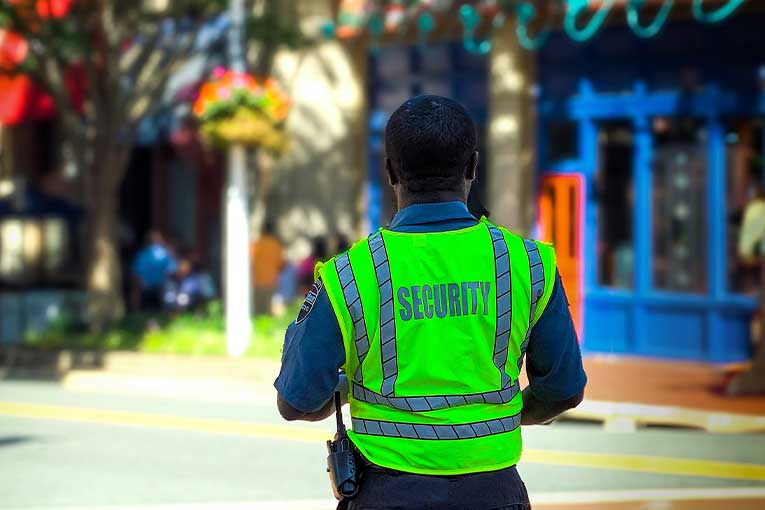
While manned guarding offers many benefits, it also comes with certain disadvantages.
Cost
One of the primary drawbacks of manned guarding is the cost.
Employing security personnel can be expensive, especially when considering wages, benefits, and training.
This ongoing expense can be significant compared to the one-time costs associated with electronic security systems.
Human Error
Security guards are susceptible to human error.
They may miss critical details, make incorrect judgments, or become complacent over time.
Unlike automated systems, which follow pre-set algorithms and are consistent, human performance can vary.
Limited Coverage
A single security guard or even a small team can only cover so much area.
Their effectiveness is limited by physical constraints and shift hours.
This may result in gaps in coverage, especially in larger or more complex sites.
Training and Reliability
The quality of security depends on the training and reliability of the personnel.
If guards are inadequately trained or unreliable, their effectiveness in managing security risks can be compromised.
Fatigue and Burnout
Guards working long shifts or under high-stress conditions may experience fatigue and burnout.
This can affect their performance and alertness, potentially impacting overall security effectiveness.
What are the Alternatives to Manned Guarding?
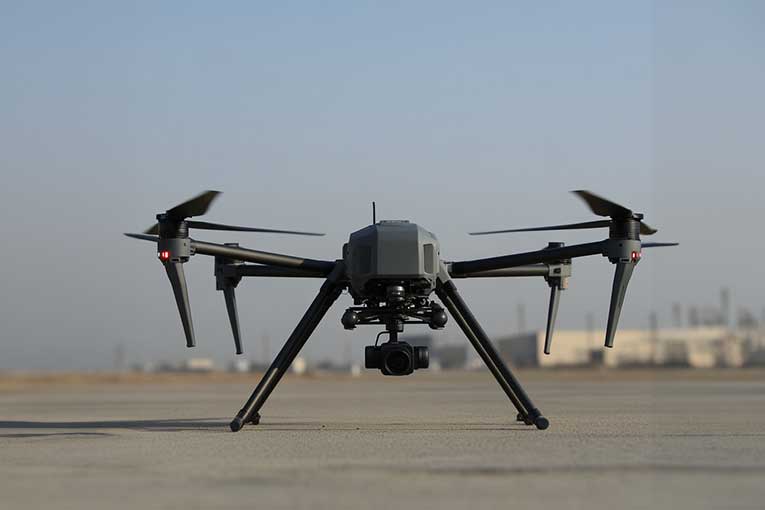
Several alternatives to manned guarding can provide effective security solutions, often with different advantages and considerations.
Electronic Surveillance Systems
These include CCTV cameras, motion detectors, and alarm systems.
Electronic surveillance offers continuous monitoring and can cover large areas with minimal human intervention.
Modern systems can include remote access and real-time alerts, making them highly effective for detecting and recording suspicious activities.
Alarm Systems
Alarm systems detect unauthorised access or breaches and alert security personnel or law enforcement.
They can be integrated with sensors on doors and windows, motion detectors, and glass-break sensors, and are usually connected to an alarm receiving centre.
These systems are often used in combination with other security measures for enhanced protection.
Access Control Systems
These systems manage entry and exit points through key cards, biometrics, or PIN codes.
They restrict access to authorised individuals and can be programmed to log entry and exit times, helping to manage and monitor site access effectively.
Remote Monitoring Services
Companies offering remote monitoring services use technology to oversee security systems from a central location.
Trained operators review camera feeds and respond to alarms, coordinating with local authorities if necessary.
This approach can provide real-time oversight without having personnel on-site.
Security Drones
Drones equipped with cameras can patrol large areas, providing aerial views and real-time video feeds.
They are useful for monitoring outdoor spaces and can cover ground quickly, offering a versatile solution for surveillance.
Perimeter Security Systems
Perimeter protection includes fences, barriers, and security gates that physically restrict access to a property.
Motion sensors and cameras can be integrated with these systems to enhance their effectiveness.
Security Bots
Robots equipped with cameras and sensors can patrol areas and interact with individuals.
They can be programmed to perform routine checks and alert human operators to any anomalies.
Conclusion
You should now have more knowledge on exactly what is manned guarding and how it is used.
Manned guarding remains a crucial element of security in many settings.
It provides a physical presence that can deter crime and respond immediately to incidents.
While it has advantages such as immediate response and personal interaction, it also comes with drawbacks like higher costs and potential human error.
Alternatives like electronic surveillance and remote monitoring offer different benefits and may complement or replace manned guarding depending on the security needs of an organisation.
Understanding these factors can help organisations make informed decisions about their security strategies.
https://securityjournaluk.com/manned-guarding/
Published: 2024 10 08 07:00:00
Received: 2024 10 08 07:19:48
Feed: Security Journal UK
Source: Security Journal UK
Category: Security
Topic: Security
Views: 17
